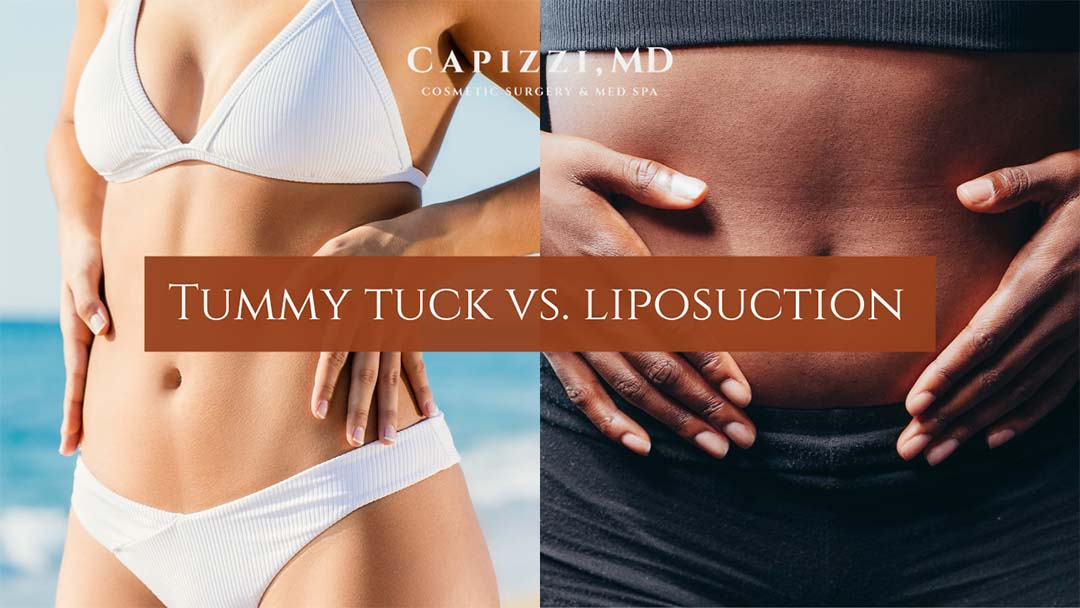As Breast Cancer Awareness Month comes to a close, I’d like to take a moment to talk about the choices that affect survivors’ quality of life post-treatment. Women who choose mastectomy (removal of the breast(s)) should be made aware that breast reconstruction methods have advanced greatly in recent years! In addition, vaginal issues post-surgery (whether …
As Breast Cancer Awareness Month comes to a close, I’d like to take a moment to talk about the choices that affect survivors’ quality of life post-treatment. Women who choose mastectomy (removal of the breast(s)) should be made aware that breast reconstruction methods have advanced greatly in recent years! In addition, vaginal issues post-surgery (whether mastectomy or lumpectomy) can now be addressed with non-invasive vaginal rejuvenation.
Choosing the Type of Post-Mastectomy Reconstruction
The type of post-mastectomy reconstruction method used can have a big impact on life after breast cancer. Breast procedures are a main focus of my practice, and I keep up to date on the latest techniques; currently, I most often recommend “direct to implant,” meaning this surgery takes place immediately after the mastectomy instead of in a separate surgery weeks later. Like any procedure, the decision to use direct to implant needs to be made on a case by case basis in consultation with each patient’s oncologist and cosmetic surgeon, but I feel strongly that mastectomy patients should be made aware that this is one of their options.
Mastectomy is increasingly chosen by breast cancer patients over lumpectomy plus radiation1, based on factors including a lower chance of the cancer returning and the appeal of eliminating the need for radiation. In either case, many breast cancer survivors experience vaginal issues post-treatment including dryness and difficult intercourse, which they are unable to treat with hormone replacement therapy due to post-cancer risk.
Other Treatment Considerations
Breast cancer treatment shouldn’t stop at surgery; quality of life issues, including vaginal dryness, should be addressed to allow patients to fully reclaim their bodies. At Capizzi MD, we recommend diVa™ Laser Vaginal Therapy, a non-invasive vaginal rejuvenation treatment that produces results after just one session. In recognition of the needs of post-cancer patients, I’m donating a round of diVa treatment to one of my post-mastectomy reconstruction patients, in cooperation with Sciton, the makers of diVa.
I’ll leave the last word to two of my amazing patients; women who advocated for the care they needed to live a full life post-cancer treatment:
“Having worked in the medical field, I knew enough to get started on researching my post-mastectomy reconstruction options, and to advocate for a referral to a cosmetic surgeon, but not every woman knows what questions to ask, especially at such an emotional time. I feel this is the beginning of a new era of breast reconstruction in women – we should have options presented to us! For me, direct to implant meant keeping my nipples, keeping my skin, not having to go through two surgeries or radiation. Now I have the freedom of moving forward with my life, of not dreading every mammogram, of knowing I’ll be here to watch my grandchildren grow – and I’m whole.” – Diane Castleberry
“I pushed hard to get a 3D mammogram before turning 40, to set a baseline given my extensive family history of cancer and my own experience surviving ovarian cancer in my twenties. That first mammogram, done shortly after my 37th birthday, revealed Stage 1 breast cancer. A lumpectomy was recommended, but I felt that given I had two young children, was young myself, and that my breasts had done what I needed them to do, I wanted to have the best chance at not having to face the possibility of breast cancer ever again and so again advocated for myself. I had a bilateral mastectomy, followed by a direct to implant reconstruction by Dr. Capizzi.
I urge anyone diagnosed with breast cancer who decides to pursue post-mastectomy reconstruction: find a cosmetic surgeon you trust – for me, that surgeon was Dr. Capizzi – then do your research on the procedures available to you; I recommend pursuing direct to implant if possible. Also research to know what your recovery will be like – for example, I couldn’t pick up my kids for 6 weeks, and had to wear button-down shirts as I couldn’t lift my arms – and put resources in place to help you cope, such as child care.” – Renee Wheeler










